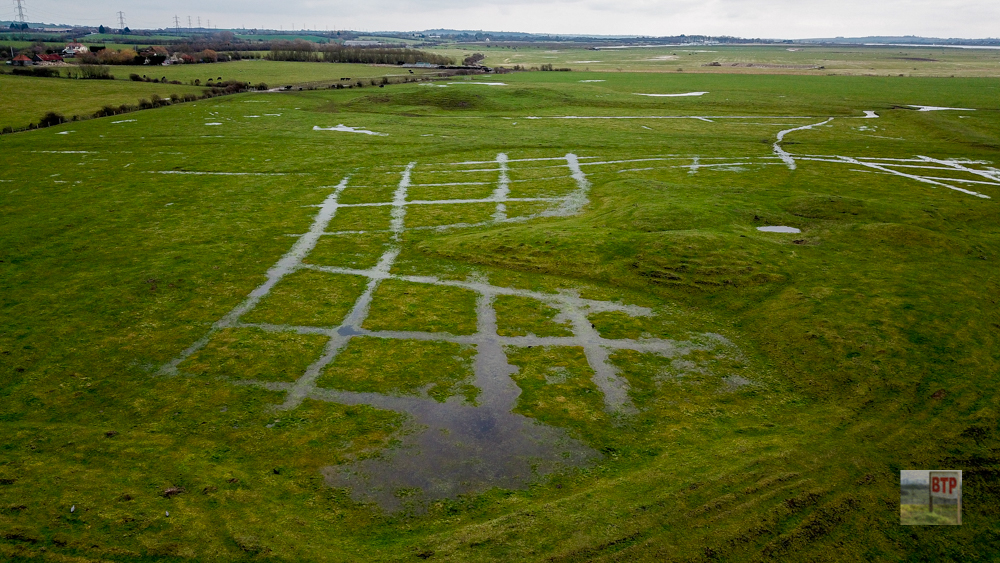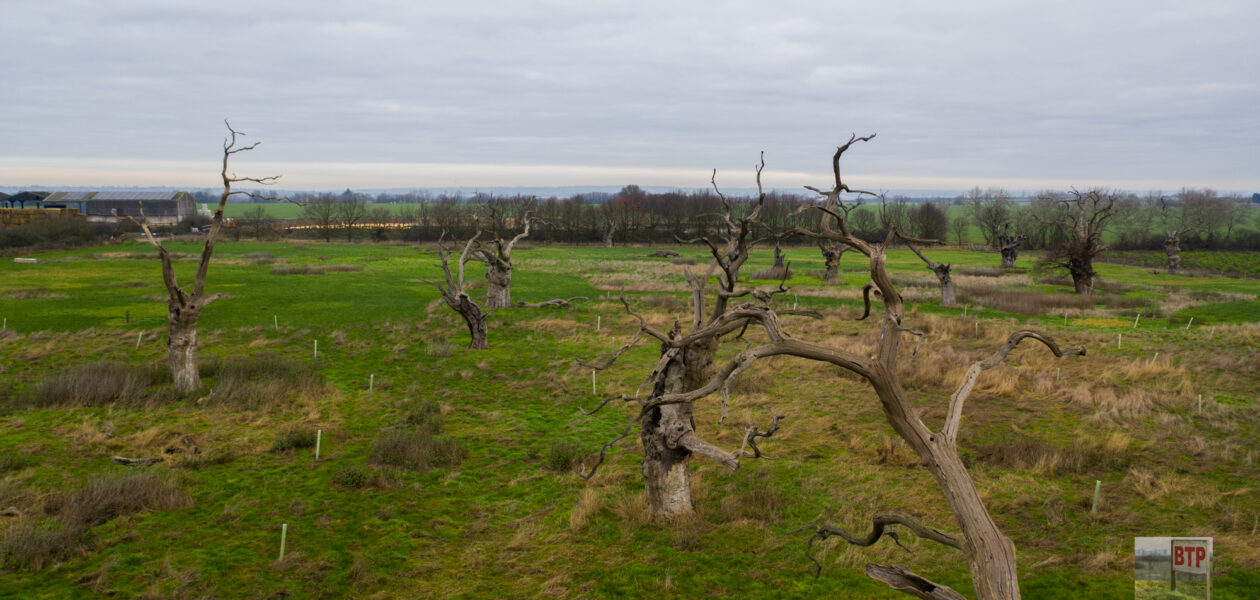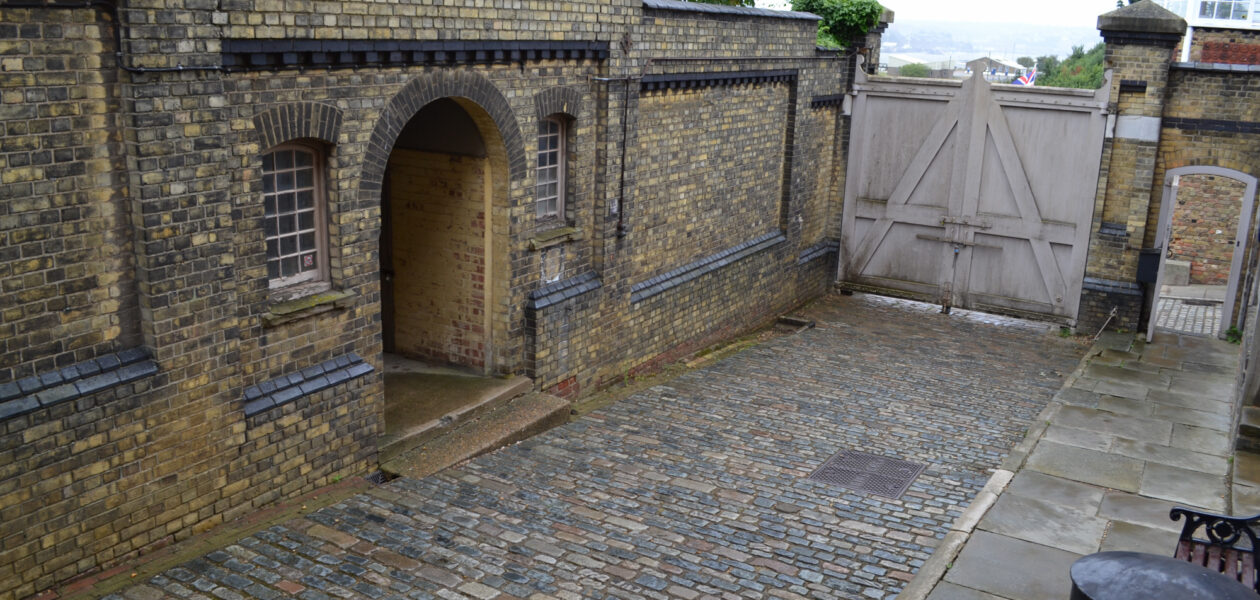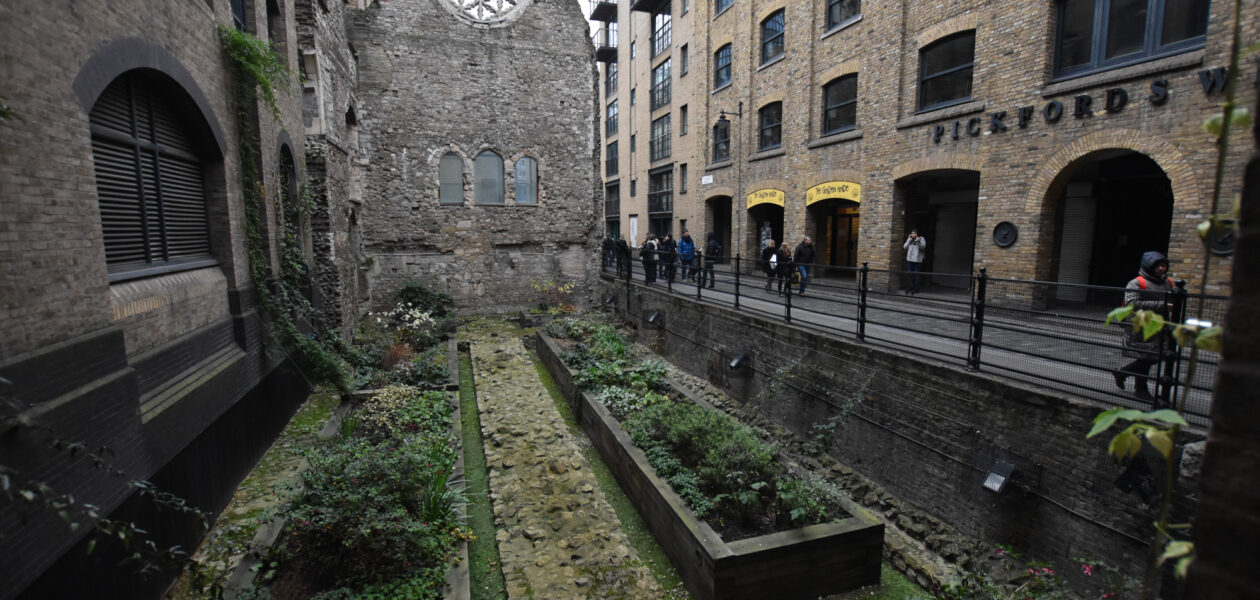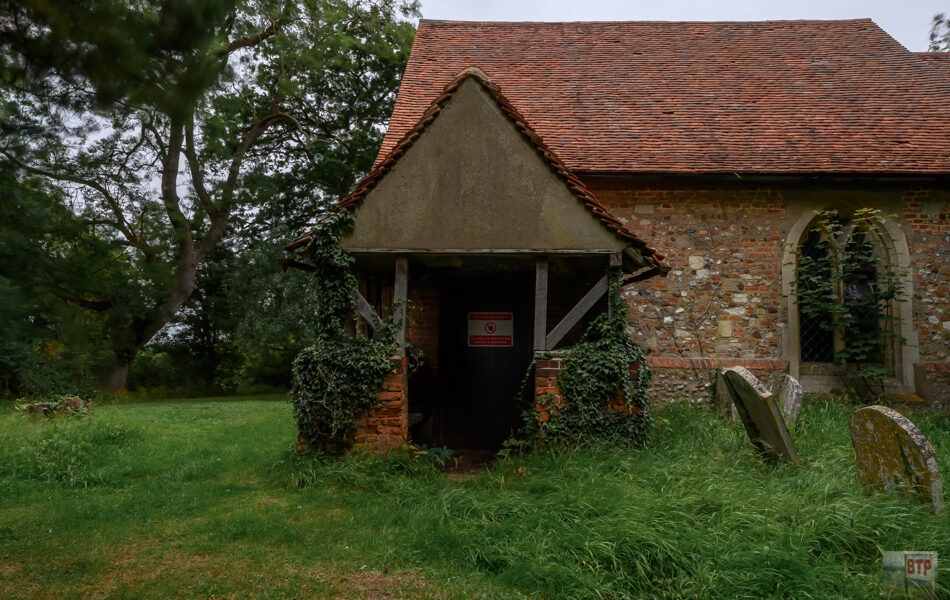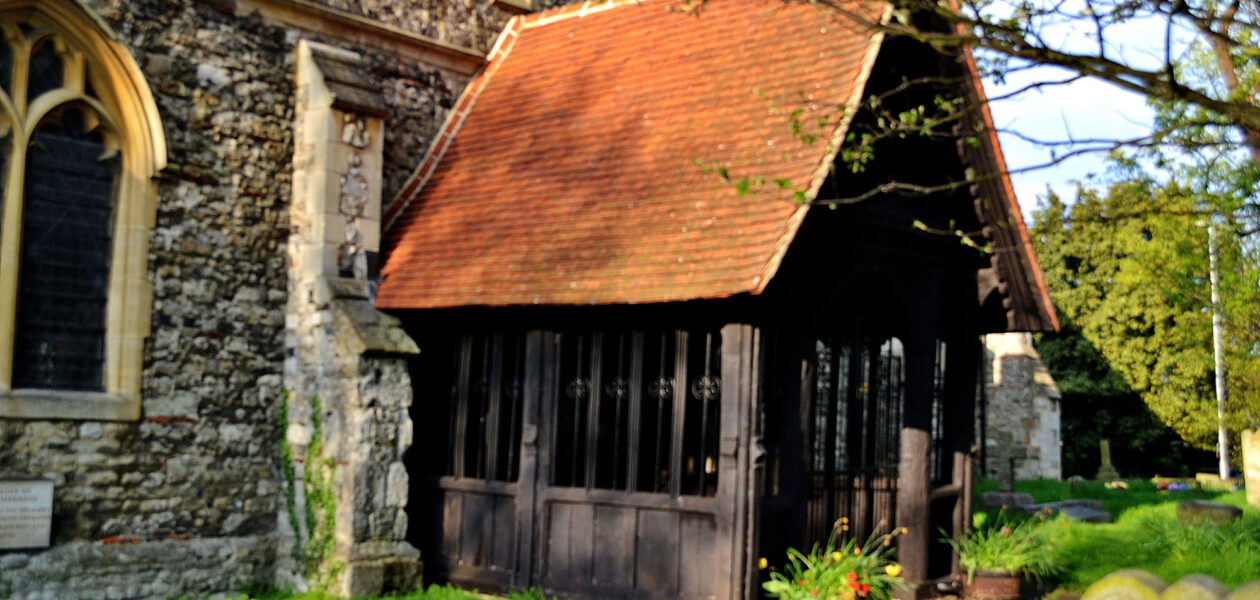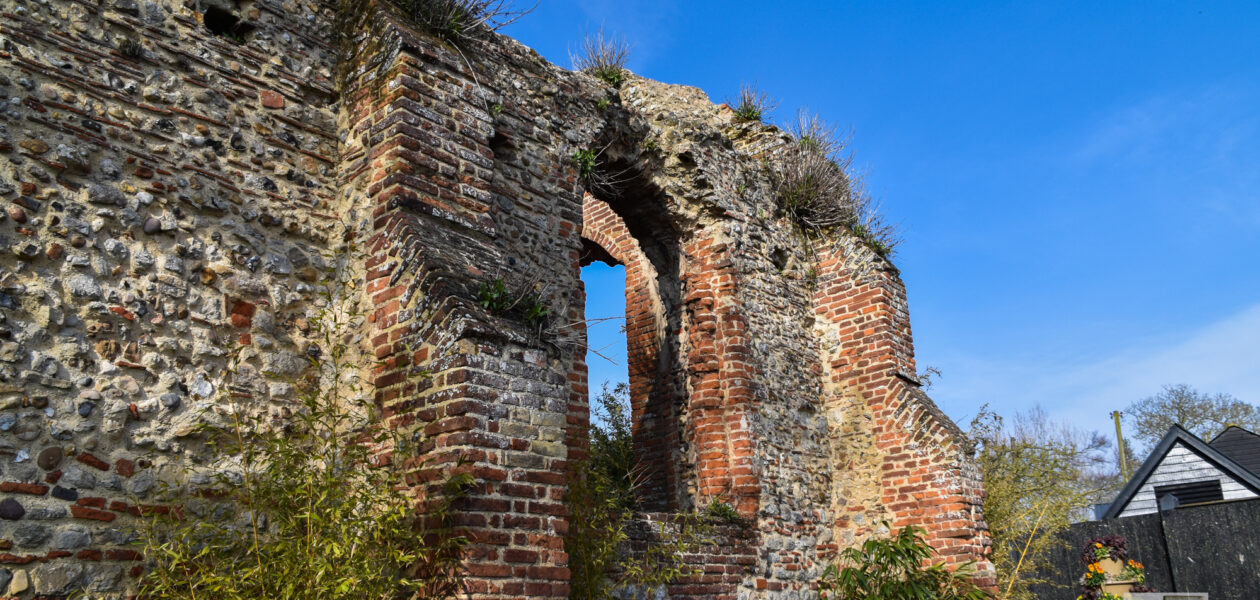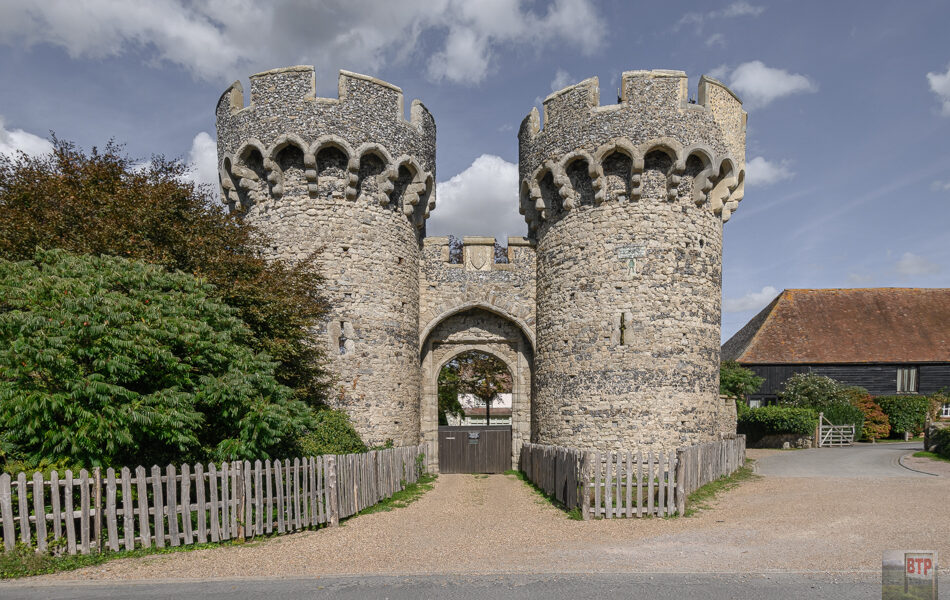Morris Farm Salterns
The marshes of Essex have been valued for their salt content through the Prehistoric and Roman eras right up until present day where Maldon sea salt is still a nationwide export. Whilst it is now favoured as a seasoning, its historical value lay in its ability to preserve food prior to the use of ice…
View More
